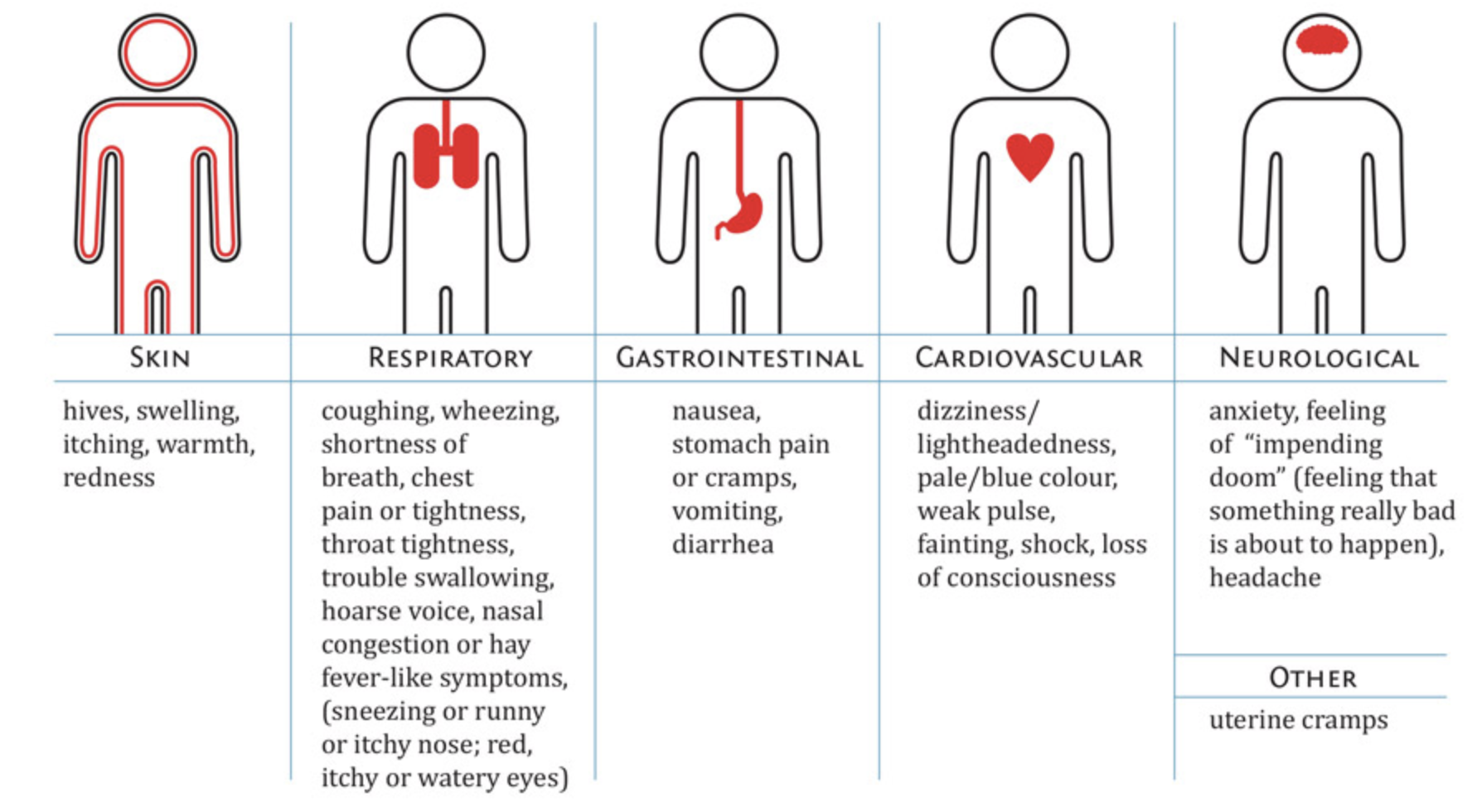Health, Safety and Well-Being Resources
Dental Care:

Canadian Dental Association: As a parent, you have a big role to play in keeping your child’s teeth healthy and clean. You can help prevent cavities. Prevention starts at home, with good eating habits and daily cleaning of the teeth. This website has important information on how to properly care for primary teeth and new permanent teeth.
Healthy Smiles: How to access free dental care for children 17 years old and under, if they are eligible through the government’s Healthy Smiles program. The program is designed for lower-income families in need of support.
Healthy Teeth, City of Toronto.
Eye Care:
Ontario’s Blind – Low Vision Early Intervention Program is designed to give children who are born blind or with low vision the best possible start in life. Specialized family-centred services are funded by the province and are available for children from birth to Grade 1.
Growing Bodies, Feet and Shoes

Your child’s feet will change quickly as she grows. Before 18 months of age, his feet will probably grow by more than one-half a shoe size every 2 months. A toddler’s feet grow an average of one-half a size every 3 months. Once your child is 3 years old, her feet will grow by about 1 size every year. Visit Caring for Kids and learn when to buy shoes and which ones are the right for you little one.
Car Seat Safety
In Canada, babies and children in vehicles must be properly secured with the right kind of seat or restraint. Car seats, booster seats, and seat belts can prevent many injuries or deaths. Check out the Caring for Kids website to see more information on choosing the right seat, installation guides, and a wealth of more information regarding traveling with your little one.
Stay informed about recalls of vehicles, tires and child car seats with the help of Transport Canada.
Child Safety Link:
Playground Safety

Playgrounds can help children be active and healthy. They’re a place where children can run, jump, climb, slide and play with peers.
Adults and caregivers need to ensure that children stay safe in the playground. Most playground injuries are caused when children fall from the equipment, but they can also happen if a child gets caught in or cut by equipment that isn’t well cared for or that fails to meet the Canadian Standards Association (CSA) standards for play equipment.
Bike helmets for children and youth

When your child starts riding a bike, or taking part in any wheeled sports such as in-line skating, skateboarding, or riding a scooter, the most important safety measure you can take is to make sure she wears a helmet. The best way to encourage your child to wear a helmet is to wear one yourself.
Never use a second-hand helmet unless you know its history. It may have been in a crash, or you may not be able to tell how old it is. You should replace your child’s helmet when it’s older than 5 years, as the plastic becomes brittle with age.
The Caring For Kids website has more info on how to choose the right helmet and how to make sure it’s the right fit plus other great information when it comes to your little on the move!
Allergy Awareness
Food Allergy Canada is a non-profit organization dedicated to helping Canadians with food allergies live with confidence. Food allergy is a medical condition where your immune system mistakenly treats something in a particular food (most often, the protein) as if it’s dangerous to you. Your body reacts to the food (an allergen) by having an allergic reaction.
An allergic reaction usually happens within minutes after being exposed to an allergen, but sometimes it can take place several hours after exposure. Symptoms and severity of a reaction can differ each time. Keep in mind that an allergic reaction can start with mild symptoms that can get worse quickly.
Symptoms of anaphylaxis generally include two or more of the following body systems:

Asthma Safety
Center for Disease Control and Prevention
Asthma is one of the most common lifelong chronic diseases. One in 13 Americans (more than 25 million) lives with asthma, a disease affecting the lungs and causing repeated episodes of wheezing, breathlessness, chest tightness, and coughing. The Centre for Disease Control and Prevention shares many good tips and videos on Asthma control and prevention.
